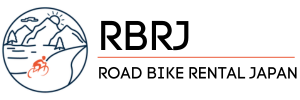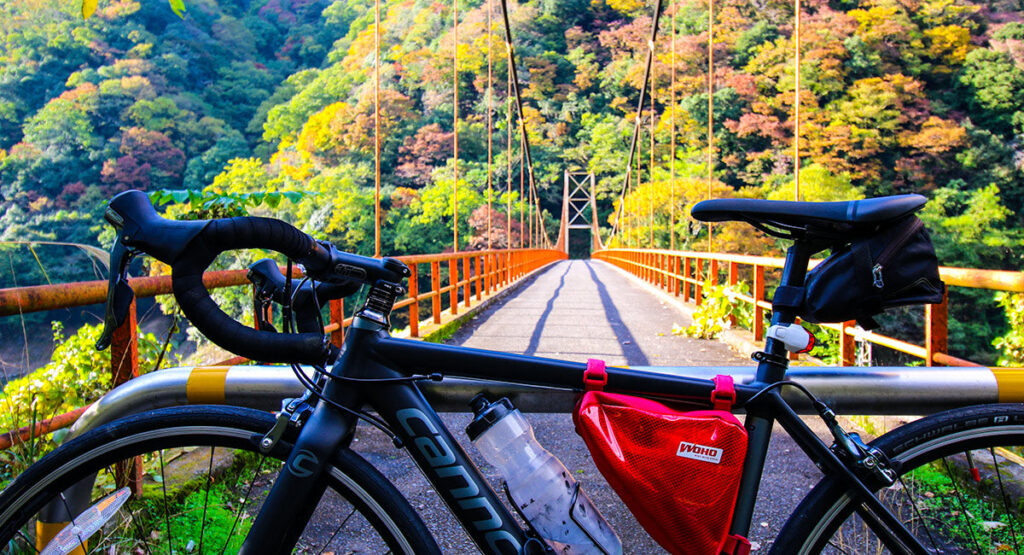
Kyoto Cycle Route: RBRJ Kyoto to RBRJ Lake Biwa
You get a real sense of leaving the world behind as you climb above and beyond Uji. Following the peaceful and scenic Seta River to Otsu is the perfect escape from the crowds in Kyoto.
Introduction
Starting from RBRJ Kyoto, this Kyoto cycling route leads you along scenic riverside paths, quiet backroads, and forested hills before arriving at our Lake Biwa shop. Whether you’re aiming for a one-way adventure or connecting to a longer loop around Biwako, this 35-kilometre cycle route offers a rewarding and fun day in the saddle for experienced cyclists and a challenging day for beginners.
Passing through Chushojima, an underrated yet scenic district of Kyoto, with its beautiful canal and the picturesque town of Uji, known for its cultural heritage and green tea, there are plenty of places to explore.
Several cycle routes connect Kyoto and Lake Biwa, but my favourite, even before we opened RBRJ Kyoto and RBRJ Lake Biwa was to follow route 3 out of Uji and enjoy the rolling hills along the scenic Seta River. With our new Lake Biwa location near the Seta-no-Karahashi bridge, the ride from RBRJ Kyoto can make for a perfect day in the saddle.
Itinéraire
Points forts de l'itinéraire
RBRJ Kyoto to Uji
À partir de RBRJ Kyoto, the ride to RBRJ Lake Biwa begins by heading south along the Higashi Takase River. As you cycle down the path, look to the east and you’ll see the abandoned Château de Fushimi-Momoyama perched up on the hill. Further down, you’ll pass the Brasserie de saké Matsumoto before turning left at the Nawate Bridge and rolling down to Takeda-Kaido Street into Chushojima.
The Chushojima district is known for its samurai history, sake breweries and beautiful canal. It’s a nice getaway from the crowds in central Kyoto and a perfect inclusion for the ride to RBRJ Lake Biwa. More information on the area can be found on the Guide de voyage officiel de la ville de Kyoto.
Navigating your way through Chushojima, the route takes you across the Keihan Line and onto the Uji River path. At the Pont Kangetsu it’s easier to ride under the bridge first before looping back and crossing it to the other side. It’s a 7-kilometre road ride to Uji.
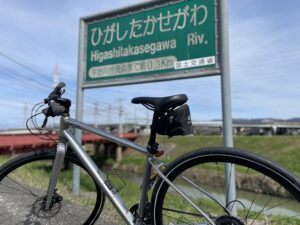
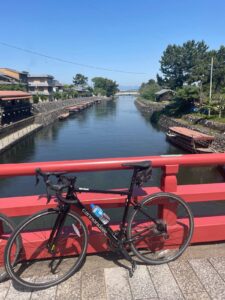
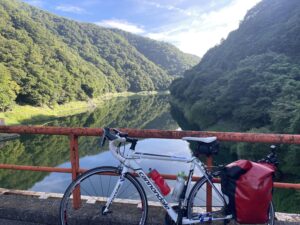
As you approach the Pont d'Uji, believed to date back to the 7th Century and featured in several historical works, you’ll begin to see the beautiful green hills beyond the bridge. Taking the Byodo-in Omotesando path, you’ll need to be patient navigating through the tourists visiting Byodo-in, but beyond the entrance to Byodo-in the views of the Uji River and To-no shima are worth it. Similar to Chushojima, Uji is a great place to spend more time exploring. More information on Uji can be found on le guide du Japon.
It’s a beautiful and scenic ride as you ascend on Route 3, leaving Uji behind. At the Barrage d'Amagase, the Seta River, which is fed from Lake Biwa, flows into the dam. On the rolling hills down to Ujitawara, you’ll start to see the light brown floor markings for the Kyoto Yamashiro Chakuru Line. At the 15km mark, turn left to continue on Route 3.
Route 3 and The Seta River
With the hard work behind you, the scenic Route 3 hugs the Seta riverbank, and along with its rolling hills, just makes for great cycling. The winding roads through this forested area offer some protection from the winds, and most of the remaining short climbs along the rest of Route 3 come after descents where momentum does most of the work. You can find a bit more insight on our past rides down the Seta River on our Kyoto to Uji and Otsu blog and Summertime Rides video.
If you didn’t stop in the aesthetically pleasing Starbucks in Uji, it’s probably time for a break by the time you reach Riders Cafe MM. The owner is obsessed with wheels, and the cafe feels more like a museum. If you are not interested in wheels, watching the ducks fight their way up the river is also fun to watch.
Ishiyama-dera and Karahashi Bridge
At Nango, continue following the Seta River along route 422. On the other side of Nango, you’ll reach the historic Ishiyama-dera. Known for its stunning natural setting, rich cultural heritage, and literary significance. It’s especially famous as the place where Murasaki Shikibu is said to have begun writing The Tale of Genji.
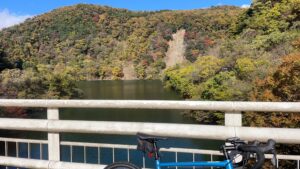

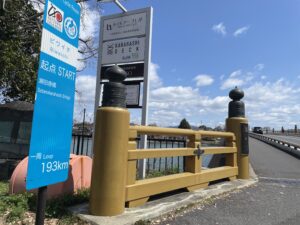
From Ishiyama-dera, RBRJ Lake Biwa is a short ride along the Seta River Promenade, just past the historic Seta-no-Karahashi and start point to Biwaichi. It’s nice to ride under the bridge to avoid the traffic lights. RBRJ Lake Biwa is on the left side of the road after passing under the bridge.
Conclusion
There is a reason why RBRJ Kyoto and RBRJ Lake Biwa are located where they are. No, not the cheap rent, but for cycling routes like this. With relative ease, you can escape the crowds in Kyoto and find yourself surrounded by stunning natural beauty that will leave you in awe.
Whether you’re wrapping up your ride at RBRJ (Lake Biwa) or continuing your loop around Biwachi, following the Seta River along Route 3 into Shiga makes for a perfect addition to any Kansai cycling adventure.
Since opening both RBRJ (Kyoto) and RBRJ (Lake Biwa), we’ve been riding, exploring and developing our les meilleurs itinéraires de Kyoto and best routes of Shiga. More coming soon.
